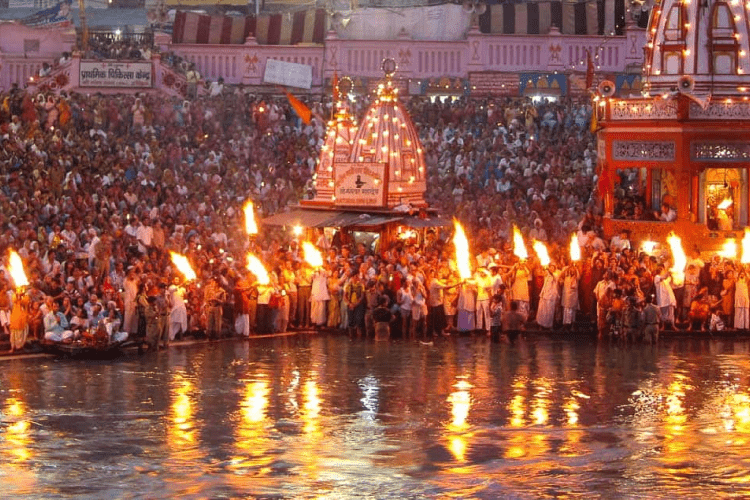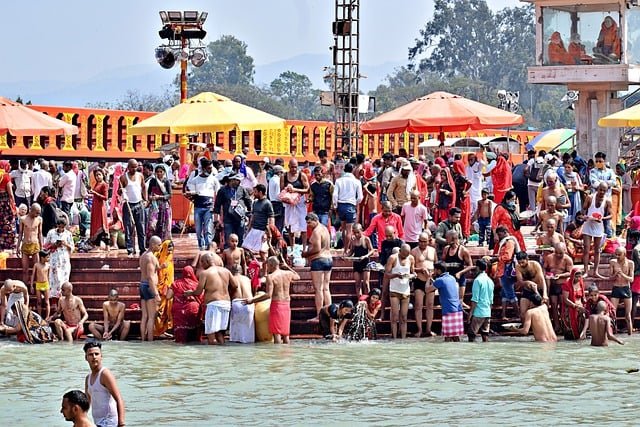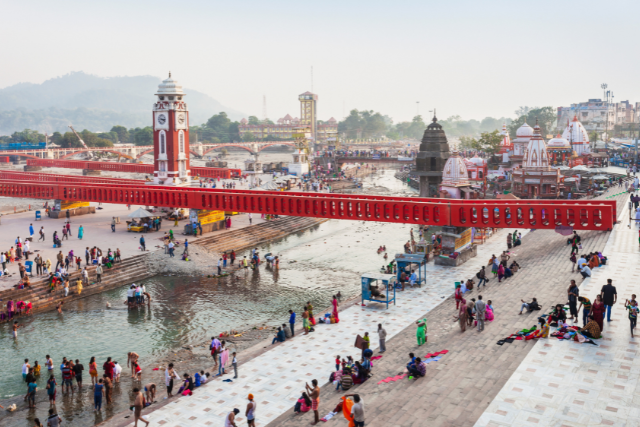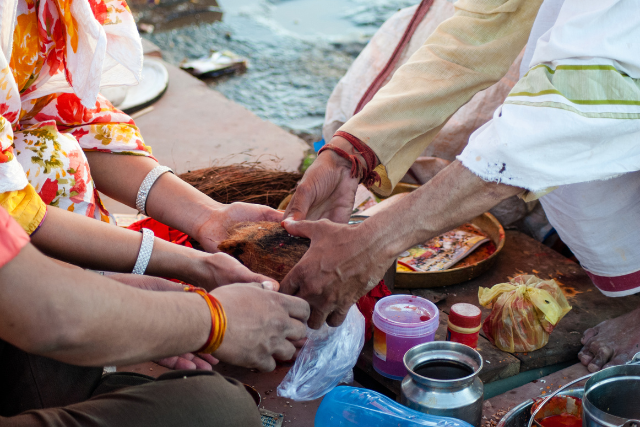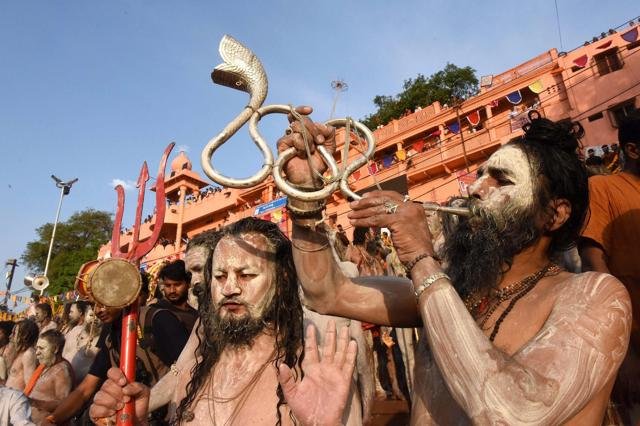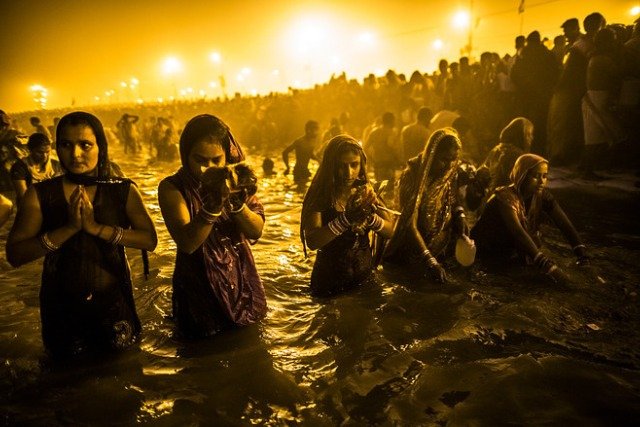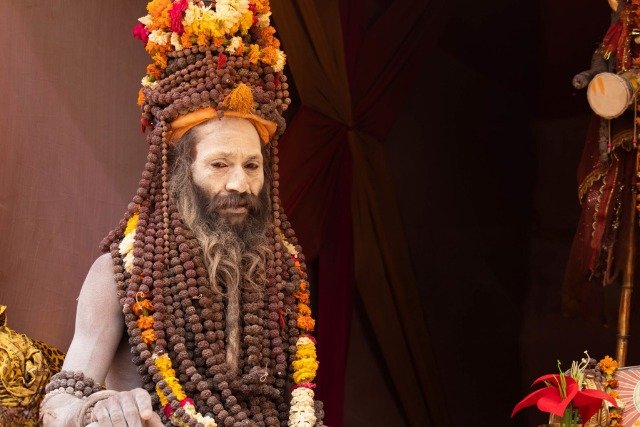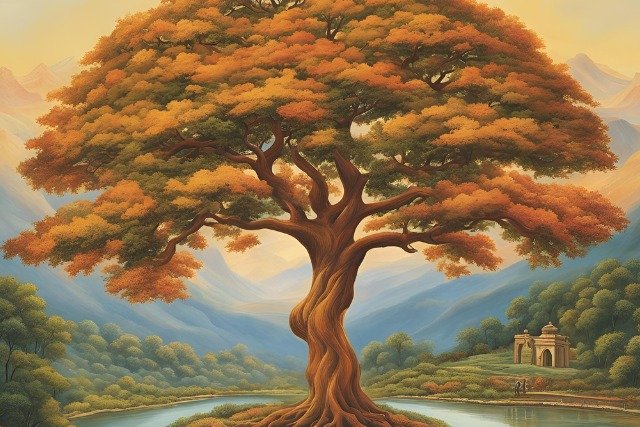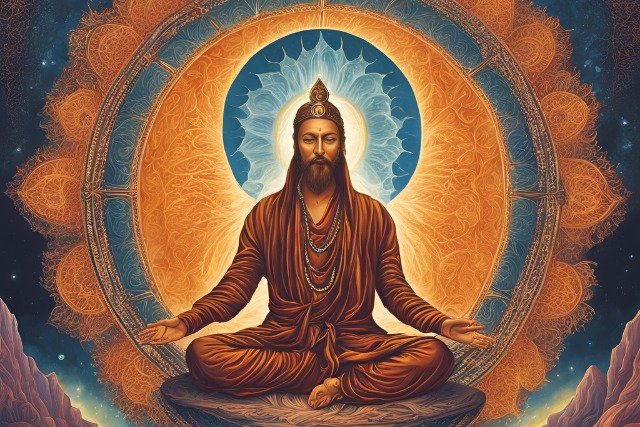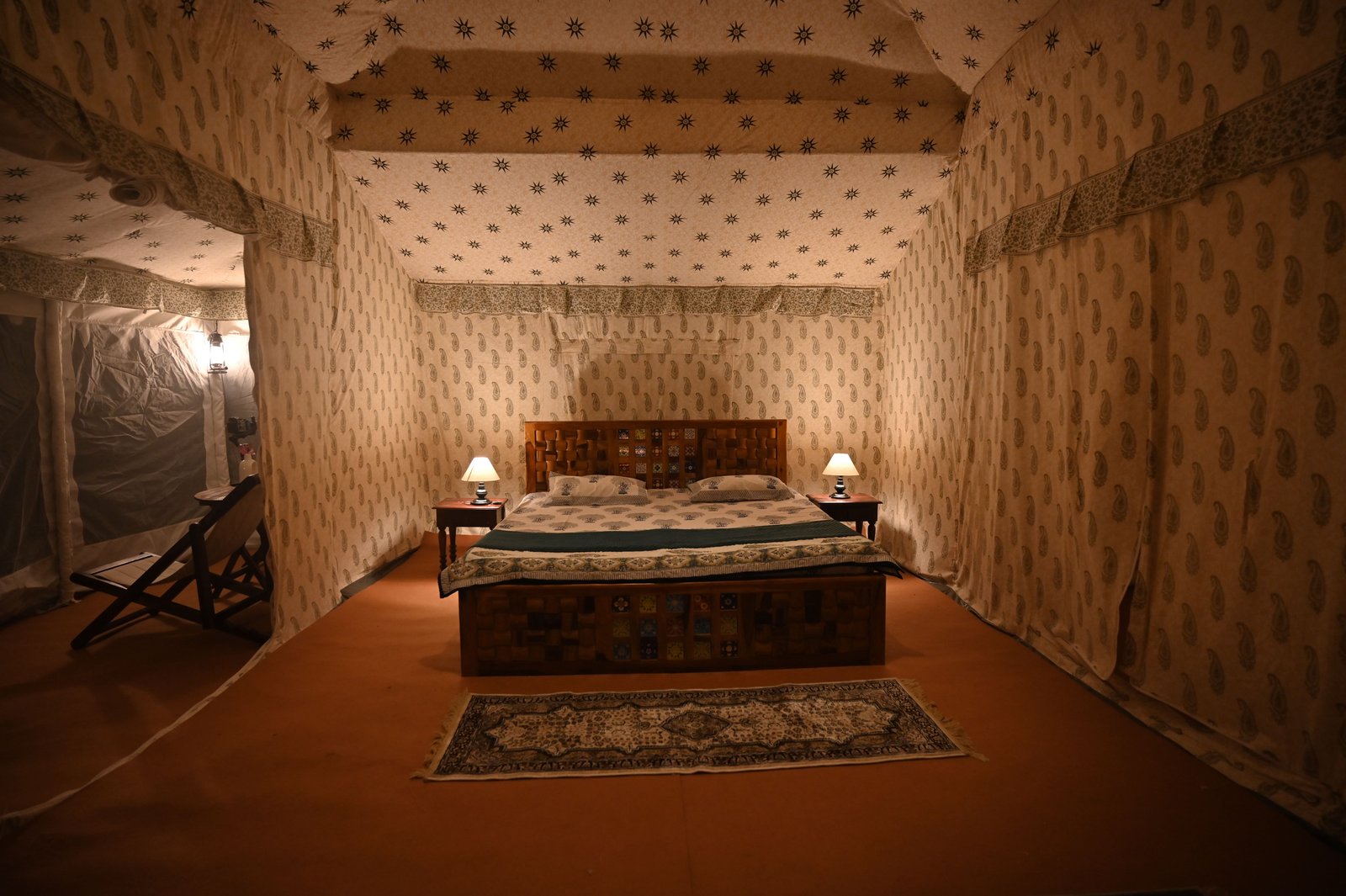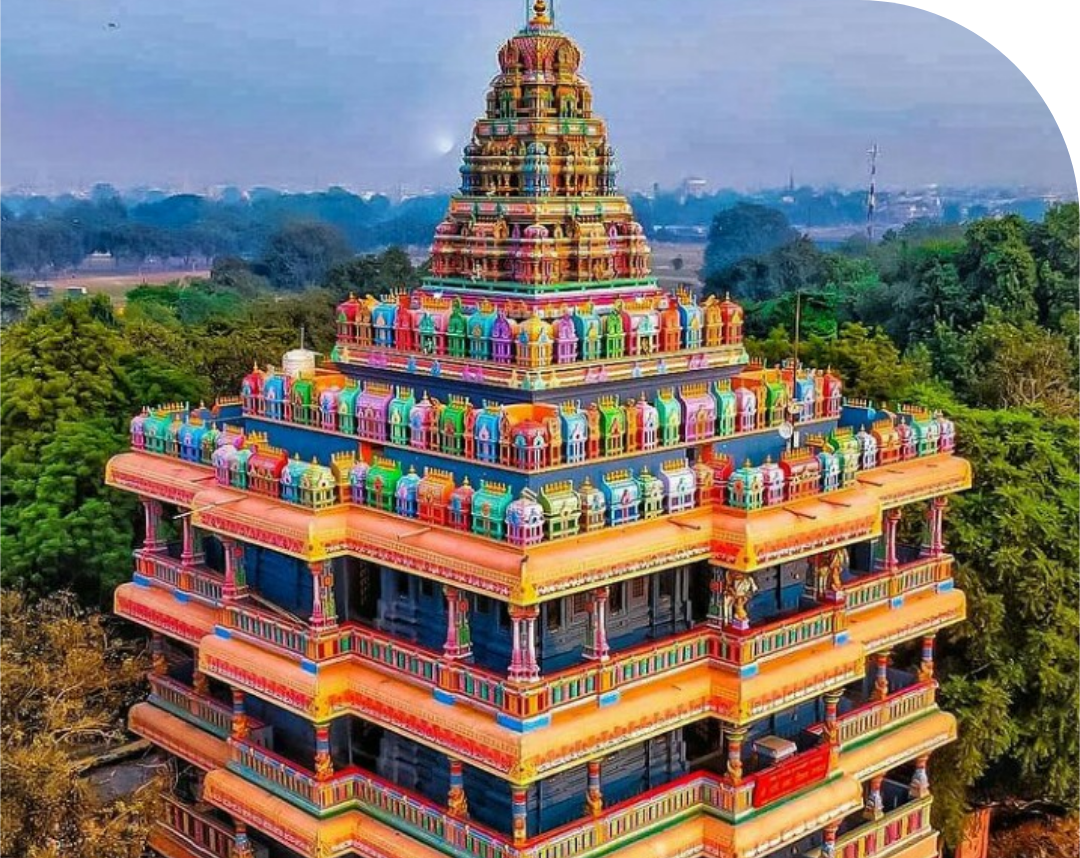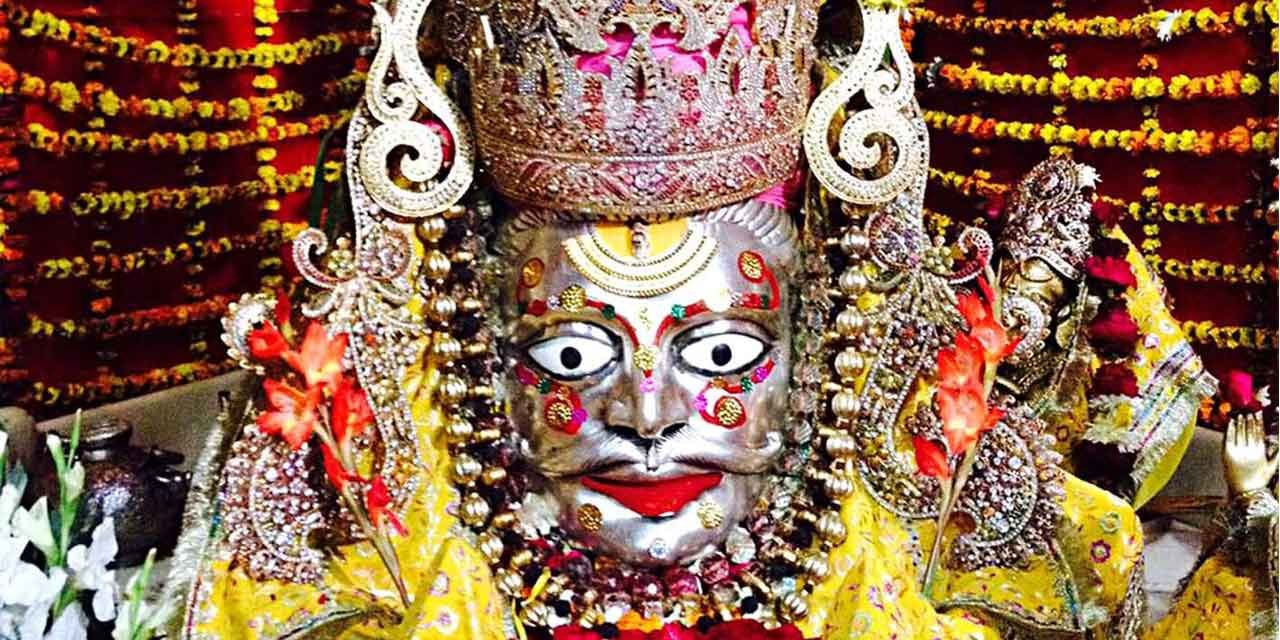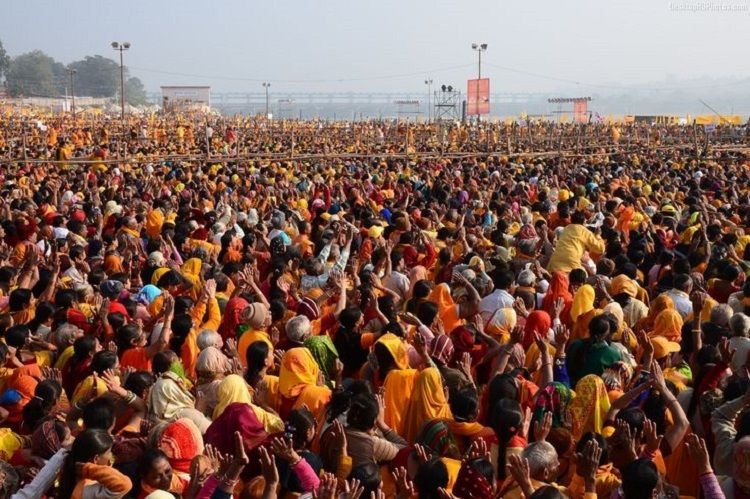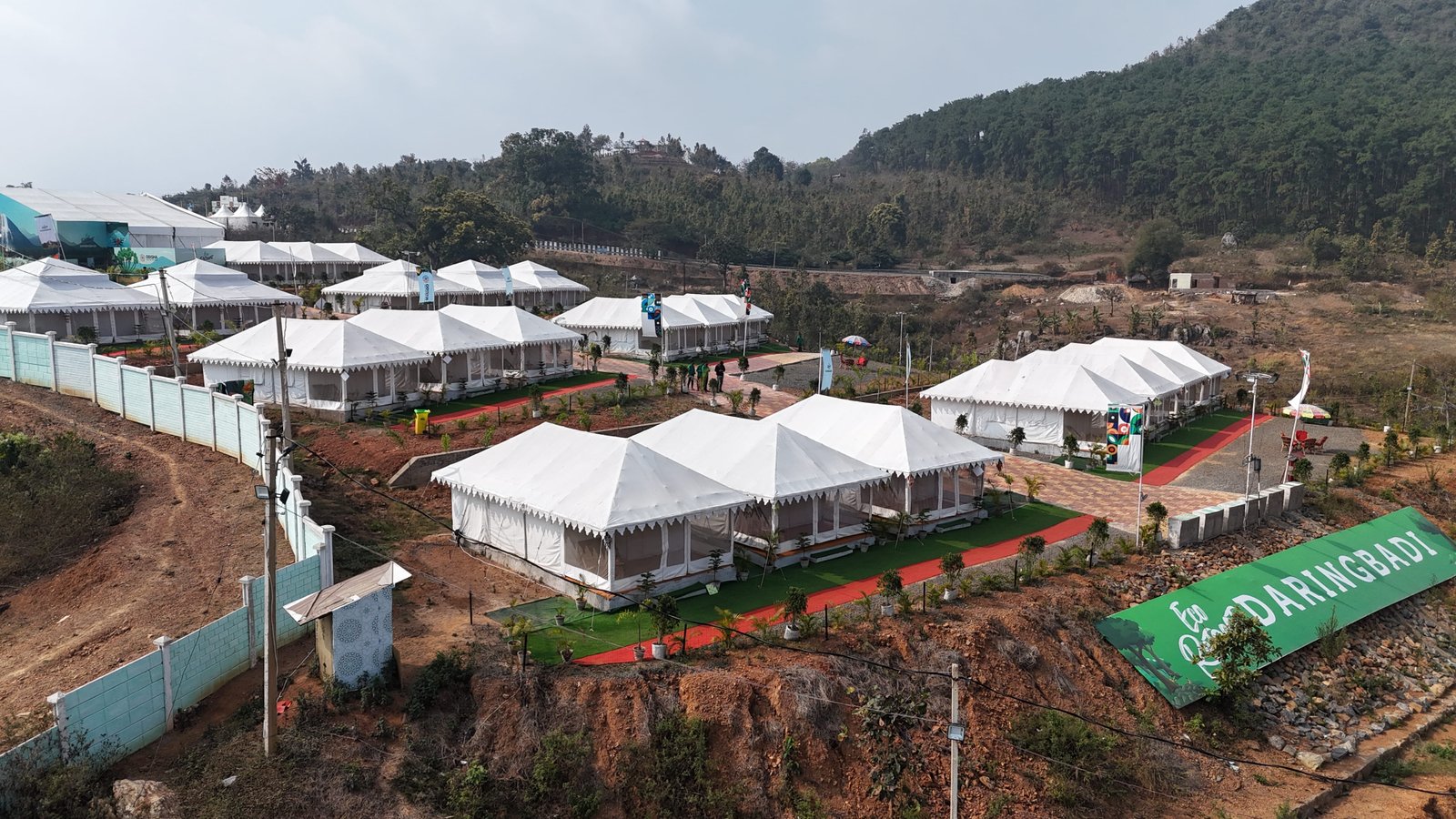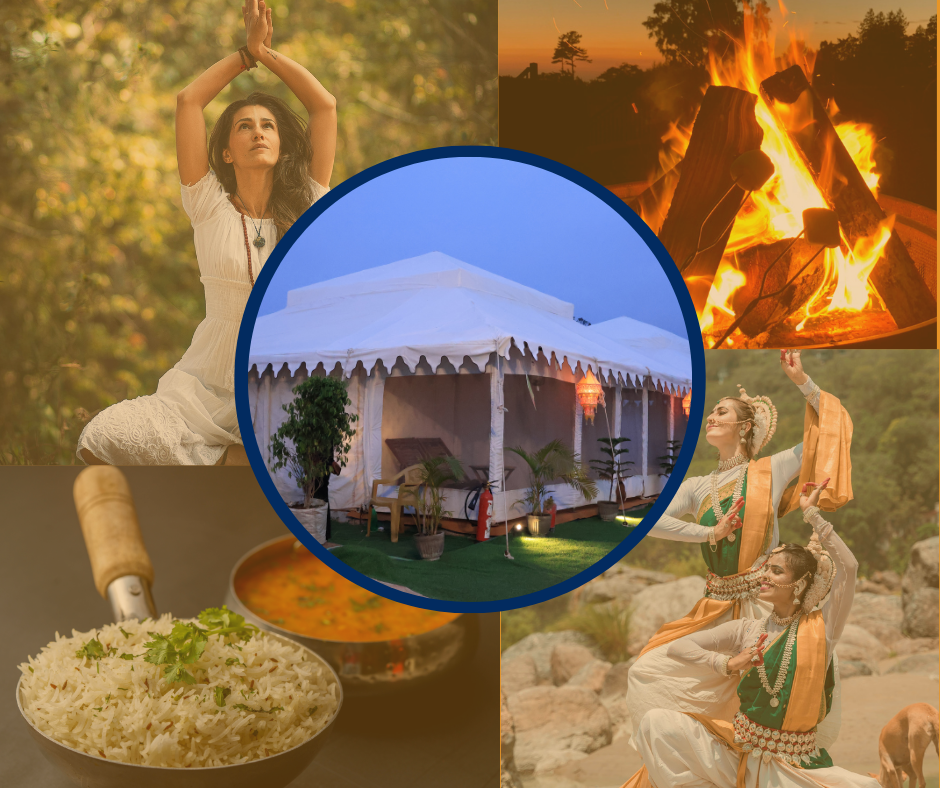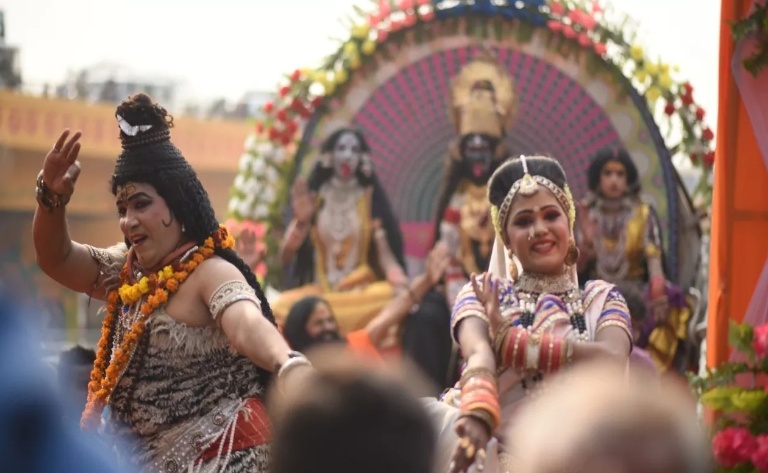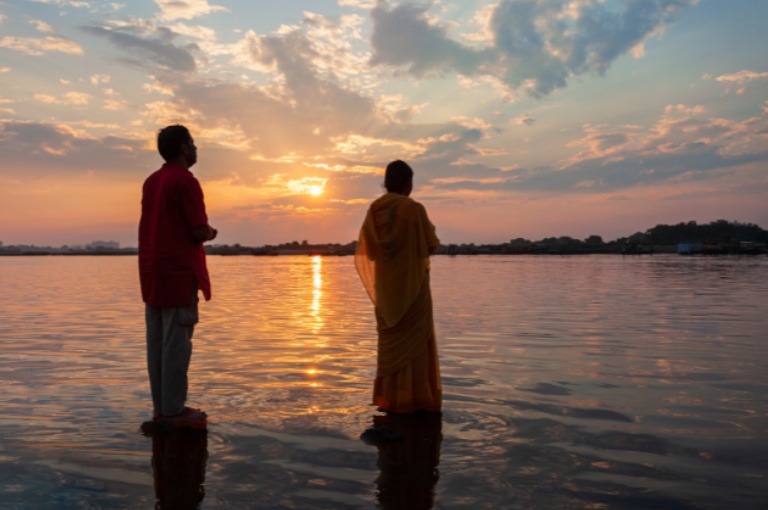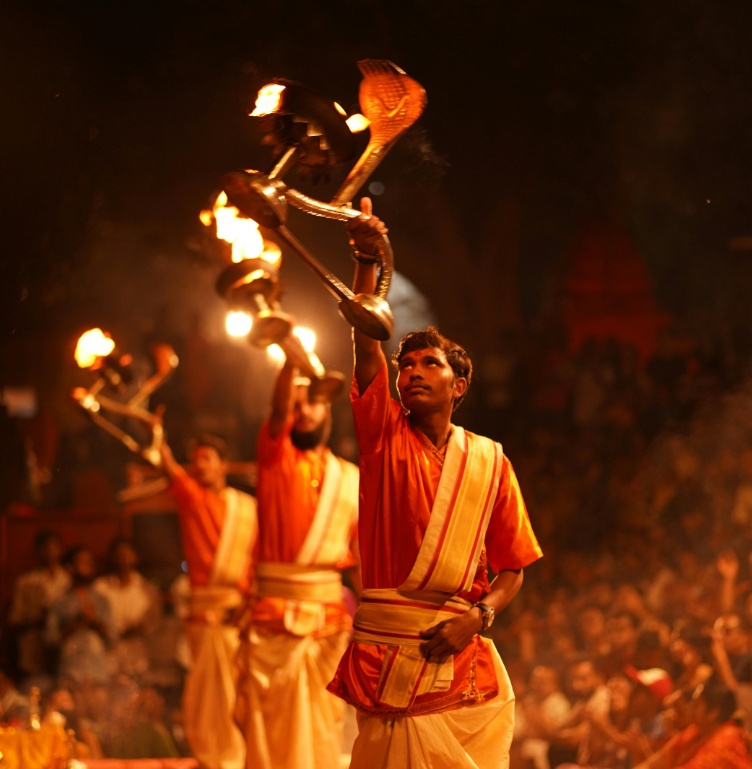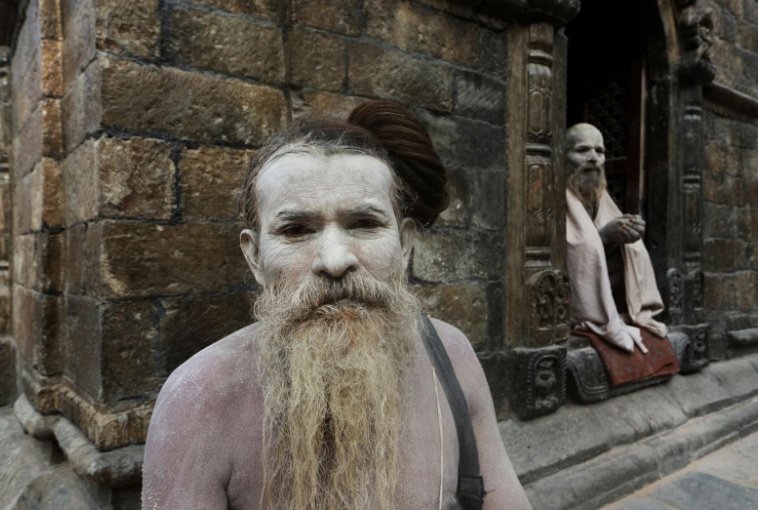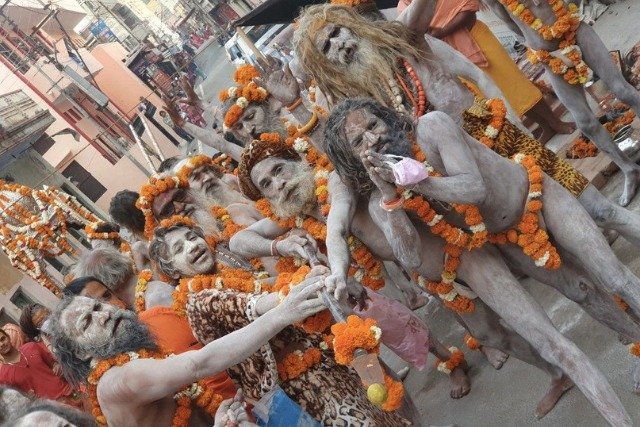
Author : Admin
In this blog, we will explore the Juna Akhara, which is one of the oldest akharas at the Kumbh Mela. Here we will try to analyze what makes this Akhara unique and what is the magnificent history that makes it such a divine group. We will familiarize readers with the significant history, the organization, the leadership positions, and members of Juna Akhara and subsequently, it is an examination of the rich and distinct tradition that the Ashram has come to represent. The Kumbh Mela 2025 in Prayagraj awaits the world of Juna Akhara.
The Deep History of The Phenomenal Juna Akhara
Juna Akhara, or Juna Akhada, is one of the oldest and largest of the 13 Akharas in India. It was founded by the great Adi Shankaracharya, the great Hindu philosopher and theologian. The main purpose of Juna Akhara was to preserve Sanatan Dharma and keep the ancient Vedic traditions and spirituality of Hinduism alive through strong and vigilant Akharas and Akhilas.
It is a Shaivite Akhara of Dashanami Sampradaya, formed following the broad traditions of Adi Shankaracharya, the 8th-century Hindu philosopher and reformer. It is associated with the four mutts (seats of learning) Shankaracharya established in Dwarka, Puri, Shringeri, and Jyotirmath. It worships Bhagwan Dattatreya, and its holy flag is 52ft high — 14 times the 3.6ft (1.1 meters) flag traditionally hoisted by the Sanyasis.
Juna Akhara is headed by Sri Avdheshanand Giri Maharaj, who won the Hindu Renaissance Award from Hinduism Today in 2008 for service to spiritual and cultural renewal.
Also Check: - kumbh mela 2025 accommodation
Constitution of Juna Akhara
Most of the Sadhus of Juna Akhara belong to Dashanami Sampradaya, a monastic order started by Adi Shankaracharya, a revered figure in Hinduism. The Juna Akharas have numerous sub-groups, the prominent among them being – the Naga sadhus.
According to those familiar with the inner workings of it, Juna Akhara had a well-defined hierarchy. Senior sadhus hold positions of authority and responsibility. The headquarters, Varanasi, maintains the tradition of the Naga Sadhus as Astradhari (weapon-bearers) and Shastradhari (scripture-bearers) seers. The greeting chant of the sadhus of this Akhara is ‘Om Namo Narayan’.
The Naming of Juna Akhara
There are various versions of how the name Juna Akharas came up. Some believe that the name ‘Juna’ means ‘youth’, as it is derived from Yuvana, a Sanskrit word meaning ‘youth’. Juna Akhara directly refers to this youthfulness (and the Hindu tradition of youthful vigor and spiritual potency), which the members of this Akhara endeavor to emulate in their personal and spiritual lives. The Akhara has an administrative body called Shree Panch, an executive council that is elected at the Kumbh and Mahakumbh Mela. Juna Akhara also has a history of warrior ascetics who ensured the continued practice of ancient traditions of weapon-wielding by the members of this Akhara.
Another version of the story says that during the Mughal rule, the seers of Bhairav Akhada were at war with the Nizam of Junagarh. As a truce, the Nizam invited Bhairav akhada seers to dinner and allegedly poisoned their food. It is believed that the survivors then formed the Shri Panch Dashnaam Juna Akhada. Hence, the Akhada maintains a tradition of weapon-wielding ascetics among its members and worships the deity Dattatreya.
Also Check: - Maha Shivratri at Kumbh
The Majestic Naga Babas of Juna Akhara
The Naga Babas, or Naga Sadhus, whose name means ‘Naked Yogis’, are part of the Shaivite sadhus, known for their smeared-ash bodies and dreadlocks that mirror those of Lord Shiva. There are more than 5 lakh Naga Sadhus and Mhanadaleshwar sanyasis in the Juna Akhada. The Naga Babas swear celibacy, abandon all familiar norms, and dwell in the Himalayas; they brave freezing temperatures uncovered, demonstrating their conquest of urges and earning reverence from all. Naga Babas go through progressive stages as householders move through initiation, to renunciation and finally become Naga Babas.
The PathBreaking Female Representation in Juna Akhara
Juna Akhara gives Diksha to both males and females. The Juna Akhara has more than 10,000 female sadhus, many of whom are foreign female sanyasis, from mainly Europe. Almost three-quarters of the female sadhus in Juna Akhara are Nepali. The life of a Naga sadhu is hard and the practice results in poor health outcomes and even death, yet this has not deterred women from taking up a life of ascetics.
The New-Age Transition of the Juna Akhara
The Juna Akhara stood against discrimination based on caste and class. Juna Akhara has made the Dalit saint Jagadguru in Maujgiri Ashram of Prayagraj and Ahmedabad as well and four Dalit saints have been given the title of Mahamandaleshwar only on the basis of merit, not on the basis of caste.
Also Check: - Tehri Lake Festival
Rituals and Bathing Sequence
The Shahi Snan (‘royal bath’) of Juna Akhara, during which the sadhus of Juna lead the procession to holy bathing, is meant to be one of the highlights of their stay at the Kumbh Mela. The procession is arranged with considerable ceremony. Due to its ancient prestige, Juna used to always be the first order to arrive before taking the sacred waters, but this system has now eroded. Sadhus march with branches of fire, and sticks and beat their naked bodies with leather straps Symbolizing the purifying nature of their way of life, the sadhus walk in a procession to the river, chanting and singing.
Current Leadership of Juna Akhada
The present head (Acharya Mahamandaleshwar) of Juna Akhara is Swami Avdheshanand Giri Ji Maharaj. He is one of the most respected spiritual and religious leaders in Hindu India and has administered Akhara and its sadhus since 2025 in its overall direction and development of its spirit traditions.
Distinctive Features of Juna Akhara
Naga sadhus of Juna Akhara are known for looking different from most people, with their long, dreadlocks hair, ash-smeared bodies and hardly any clothing, showing the renunciation of this world, and dedication to spirituality. The history of Juna Akhara includes one of the most martial traditions and a strong military discipline among sadhus, many of whom are trained in ancient Indian martial arts, thereby keeping its rich legacy alive of fighting to protect the faith. Spiritual discourses and enquiries: Discourse (pavach) and enquiries (mudda) of spiritual matters including debate (bastu pavacha) are organised for the mental and spiritual growth of the akhara, as well as for its devotees.
Membership and Lifestyle
Juna Akhara is one of the oldest and largest Akharas, with around 10,000 members. Sadhu life is one of simplicity and austerity – practices such as meditation, yoga, and the study of sacred texts; they live in ashrams and live in communal quarters, in lines of brotherhood. Before you go to the Kumbh Mela 2025 in Prayagraj, make sure that you visit the historic Juna Akhara. Its history, its gurus and its various traditions, as well its processions and rituals, are nothing short of a spiritual spectacle that shines with the profound light of India’s spiritual heritage. You will never forget your experience with Juna Akhara at the Kumbh Mela 2025, whether you’re a devotee, an initiate, or a mere skeptical bystander.
Having a look at the crowd of Juna Akhada Naga babas and sanyasis thronging Prayagraj is going to be a view worth watching. The seers of Juna Akhada hold a magical vibe that is impossible to ignore. If you are planning to visit Prayagraj for the MahaKumbh, make it a point to seek some life lessons from the great seers of Juna Akhada.
To make your stay comfortable and to help you take a step closer to your spiritual goals, Shivadya camps has developed some of the most comfortable tent accommodations in Prayagraj. Make the best use of this time at Prayagraj, without the hassle of worrying about finding a place to stay in the massive crowd.
Book a luxurious camp that suits your taste for MahaKumbh with Eracamps.
